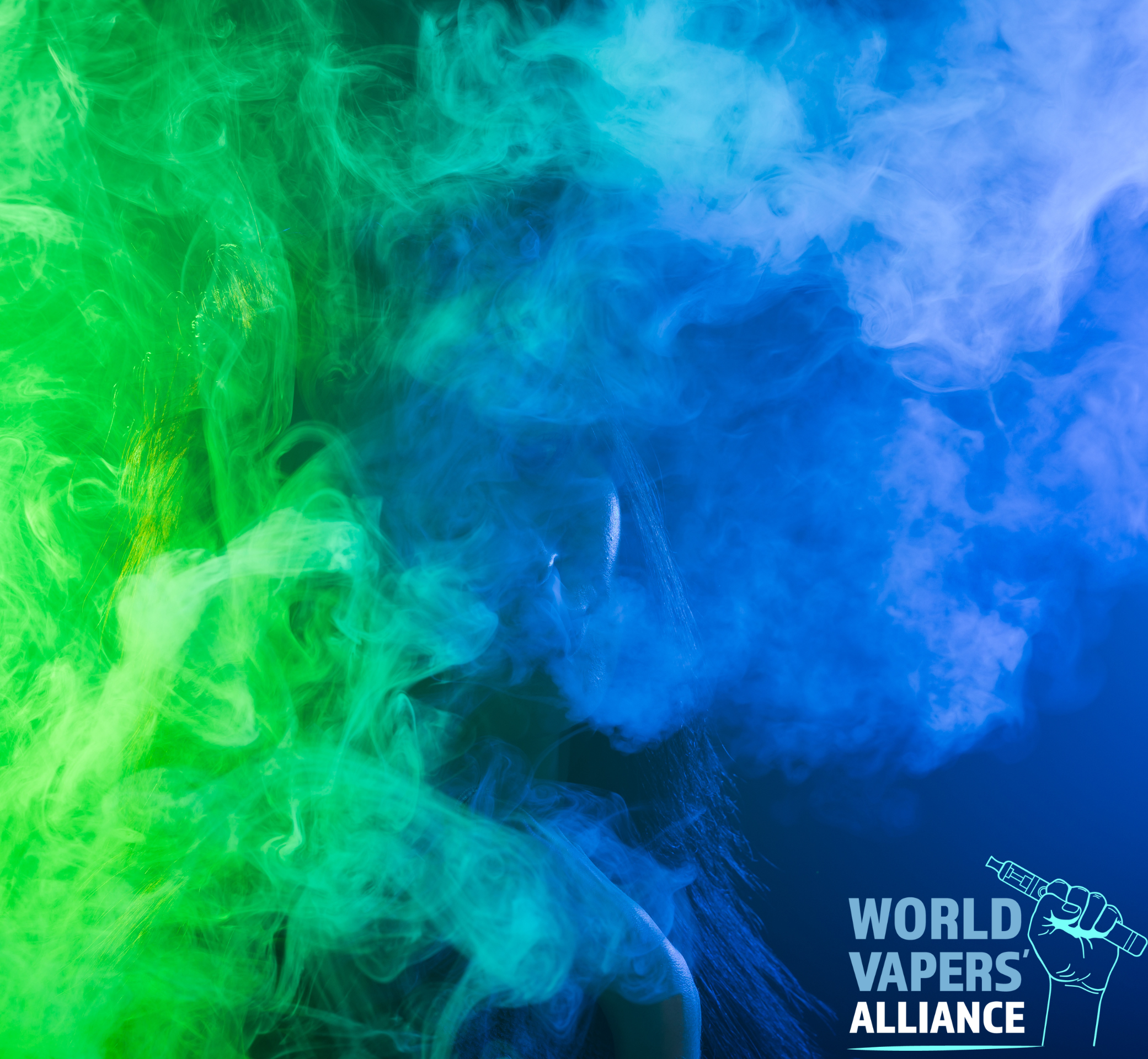A few months ago, the vaping community launched a campaign to debunk some of the most common myths surrounding vaping, such as the idea that vaping is no better than smoking or that nicotine causes cancer. Loads of great materials were created for vapers to combat misinformation and advocacy groups from all around the world used them to debunk the main myths on vaping. You can take a look at those materials here, feel free to use them and fight misinformation within your reach.
Now, Action on Smoking and Health (ASH), a public health charity set up by the Royal College of Physicians to end the harm caused by tobacco, published a great brief in which they debunk some of the myths around vaping too. We talked about some of the myths present in ASH’s briefing when we launched our Vaping Mythbusters landing page, so let’s take a look into those that ASH added to our list.
Disposable vapes deliver as much nicotine as 50 cigarettes
The myth that disposable vapes deliver as much nicotine as 50 cigarettes has been repeated by some of the most read British online newspapers, such as the Daily Mail or The Times. This is not even close to the truth! As ASH explains, a UK standard disposable vape with the highest legal level of nicotine (20 mg/ml) contains 40 mg of nicotine, equivalently to 3 or 4 cigarettes. A cigarette delivers 1 to 1.5 mg of nicotine to the bloodstream of the smoker, while vapers absorb 50% (20 mg in this example) of the nicotine in the vape.
If you do your maths, you will see that, in the worst-case scenario (that of a vape with the highest legal level of nicotine in the UK) a disposable vape delivers as much nicotine as 13-20 cigarettes. However, most vapers use nicotine strengths between 1 and 3 mg per ml, which is equivalent to between 1 and 7 cigarettes. In any case, let’s remember that nicotine is virtually harmless and it is not a carcinogen, while cigarettes contain 70 carcinogens.
Nicotine damages brain development in young people
Many people believe not only that nicotine causes cancer, but also that it damages brain development, especially in the youth. What does science say about this? A systematic review of the research on this field could not find enough evidence to support this idea. Moreover, the UK Committee on Toxicity concluded that no data were available on direct effects of nicotine exposure in human adolescents: “the Committee had reservations about trying to quantify the effects of nicotine in humans from the animal studies as the relationship of the dosing to human exposures is not clear.”
In regard to this, a Scottish study followed up a cohort of children born in 1932 who had their IQ tested at age 11, found that at age 70 there was no difference in cognitive function between never and ex-smokers, once IQ had been controlled for. If nicotine does not damage cognitive function in youth smoking, why should we think it does in youth vaping? Nicotine damaging the brain development of young people should not be justification to ban vaping products, given also that it would have a negative public health impact by pushing vapers back to smoking. Legislators should instead find ways to make sure these products are not sold to minors while they are kept available for adults.
The main reason children vape is because they like the flavours
Children usually get started in vaping just ‘to give it a try’ or driven by peer pressure, according to smokers who were surveyed. Liking the flavours may be the reason for some of them, but again, this does not justify implementing a flavour ban.
Why? Because as ASH explains, banning or restricting flavours will most likely increase cigarette consumption. At least this is what happened in the USA states in which flavour bans or restrictions were imposed: e-cigarette sales went down, but cigarette sales went up. The same would happen in the UK, according to University of Bristol researchers, which would have a negative net population impact and drive smoking rates up.
And more evidently, banning flavours would not keep children away from them. If flavours were banned, they would be sold in the black market, a place where sellers care less about selling to minors than in the legal market. As with other vaping products, realistic measures should be implemented to keep minors away from vaping, but prohibition is not one of them.
If you want to learn more about these – and other – myths surrounding vaping, check ASH’s briefing and our Vaping Mythbusters’ site. Misinformation is putting vaping at risk globally, with prohibitionist policies threatening users. Learn the facts and help us fight it.





2 Responses